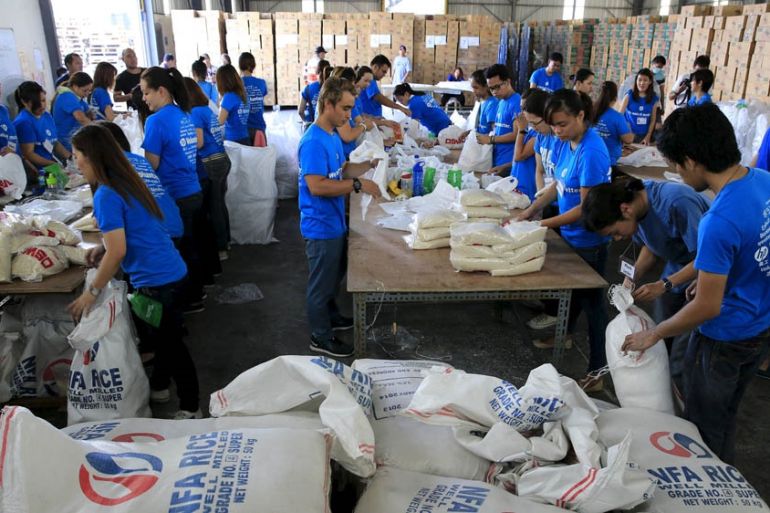Super Typhoon Noul hits the Philippines
Thousands evacuated ahead of Noul’s landfall in Luzon, packing dangerous wind gusts of up to 295km/h.

Thousands of people have been evacuated prior to Super Typhoon Noul crossing Santa Ana Point, the northeast peninsular of Luzon in the Philippines.
As the eyewall crossed the peninsular, the storm virtually enclosed the small island of Palaui, at about 3pm local time (04:00 GMT).
Keep reading
list of 4 itemsAfter the Hurricane
World’s coral reefs face global bleaching crisis
Why is Germany maintaining economic ties with China?
The typhoon, known locally as Dodong, reached category 5 on the Saffir-Simpson international scale. It is around the eyewall that the strongest and gustiest winds are found, in this case 260km per hour, gusting to 295km/h.
“This is a very dangerous storm. It is the strongest so far this year,” said Rene Paciente, head of the Philippines marine weather division.
The national civil defence chief, Alexander Pama, said they were taking no chances, given the possibility of storm surges of up to two metres.
Coastal villages evacuated
More than 2,000 people in Luzon’s most northern province of Cagayan were being evacuated from coastal villages.
“They have to evacuate to higher ground, not in their village. They are being assisted by the local governments using buses and trucks, even ambulances,” said Norma Talosig, regional civil defence chief.
The main settlements in this part of Luzon are in the Cagayan valley, and are protected from typhoons by mountains to the east. As a result, even Aparri, on the exposed estuary to the north, has so far reported no more than 44km/h winds and 18mm of rain.
In Taiwan, which is in the storm’s predicted path, authorities warned sailors of strong winds and high waves and evacuated almost 1,000 tourists from an island off the southeast coast.
Japan is also within the area of the predicted typhoon path, three days from now. The cyclone will be much weaker by then, but the rainfall potential from thunderstorms, in southern Honshu, could still be high.